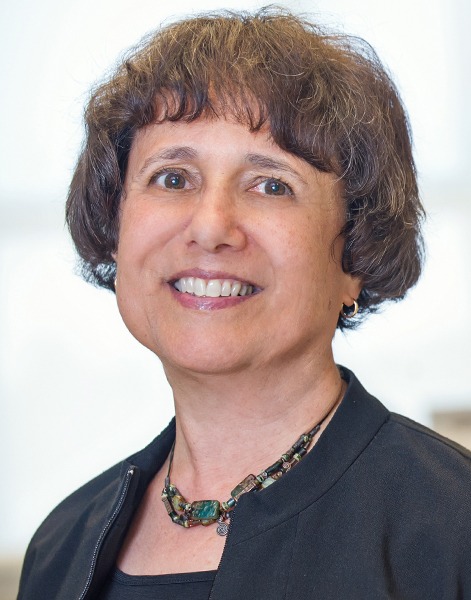How organelles get to the right place at the right time

University of Michigan researchers have discovered a key enzyme responsible for regulating the final step in the movement of organelles during cell division and differentiation. The findings provide a potential target for disorders linked to dysregulation of the process, including neurological, immunological and pigmentation diseases.
Myosin V is a molecular motor protein that binds to organelles and serves as a transporter of these organelle “cargoes” within the cell or from the mother cell to daughter cell during division. During normal organelle transport, the organelle is connected to myosin V by an adaptor protein and as the myosin moves along the cell, the organelle is transported as well. However, the mechanisms by which the organelles are released from myosin V have been unclear.
Researchers in the lab of Lois Weisman at the Life Sciences Institute identified a protein required for releasing organelles in the appropriate place within the cell. The researchers found that in cells without the protein Dma1, myosin V fails to release organelles; these organelles are then transported to the wrong location. They also found that Dma1 is necessary for signaling the cell to degrade the adaptor protein that connects organelles to molecular motor proteins responsible for transporting them. The findings were published March 10 in the journal Developmental Cell.
"Myosin V functions in many different cell types, so defects in myosin V transport can lead to multisystemic illnesses. By understanding the role of Dma1 in myosin V function, we can understand more about what happens in related diseases, " said Richard Yau, a post-doc in the Weisman lab and the first author on the paper.
"The detachment of cargoes from myosin V is much more complicated than we expected," Yau said. "We assumed the mechanism that released the organelle worked after the vacuole reached the correct location. However, we found the events that detach the vacuole from myosin V occurred in multiple steps along the entire pathway of vacuole transport."
The investigators in the Weisman lab plan to research other unknown factors required for degradation of the adaptor protein and detachment of organelles from myosin V. “We hope these too could potentially serve as useful therapeutic targets,” Yau said.
Lois Weisman is a research professor at the U-M Life Sciences Institute, where her laboratory is located and her research is conducted. She is a professor of Cell and Developmental Biology at the University of Michigan Medical School and a faculty mentor in the Cellular and Molecular Biology graduate program.
Go to Article
Release from myosin V via regulated recruitment of an E3 ubiquitin ligase controls organelle localization, Developmental Cell. DOI: 10.1016/j.devcel.2014.02.001


